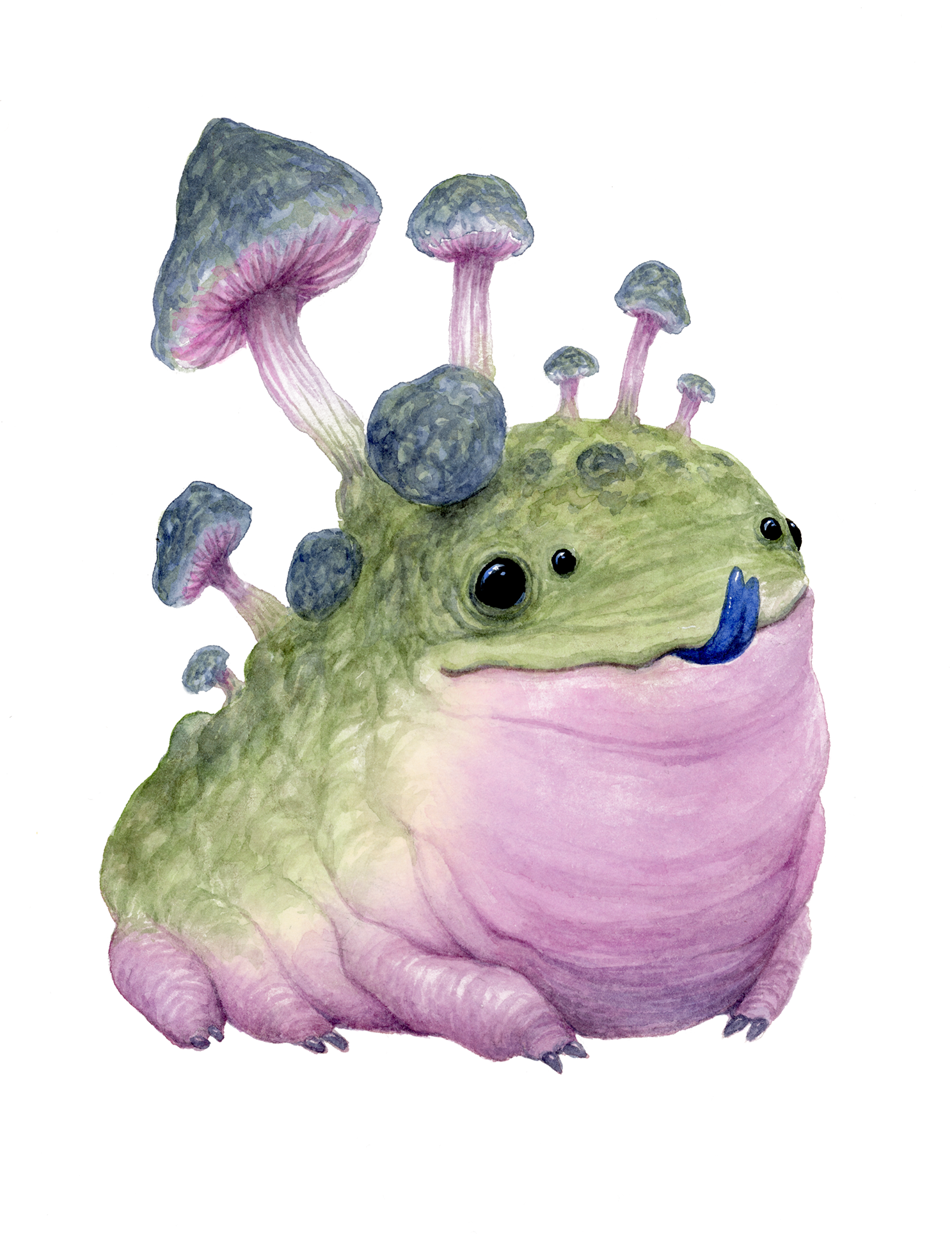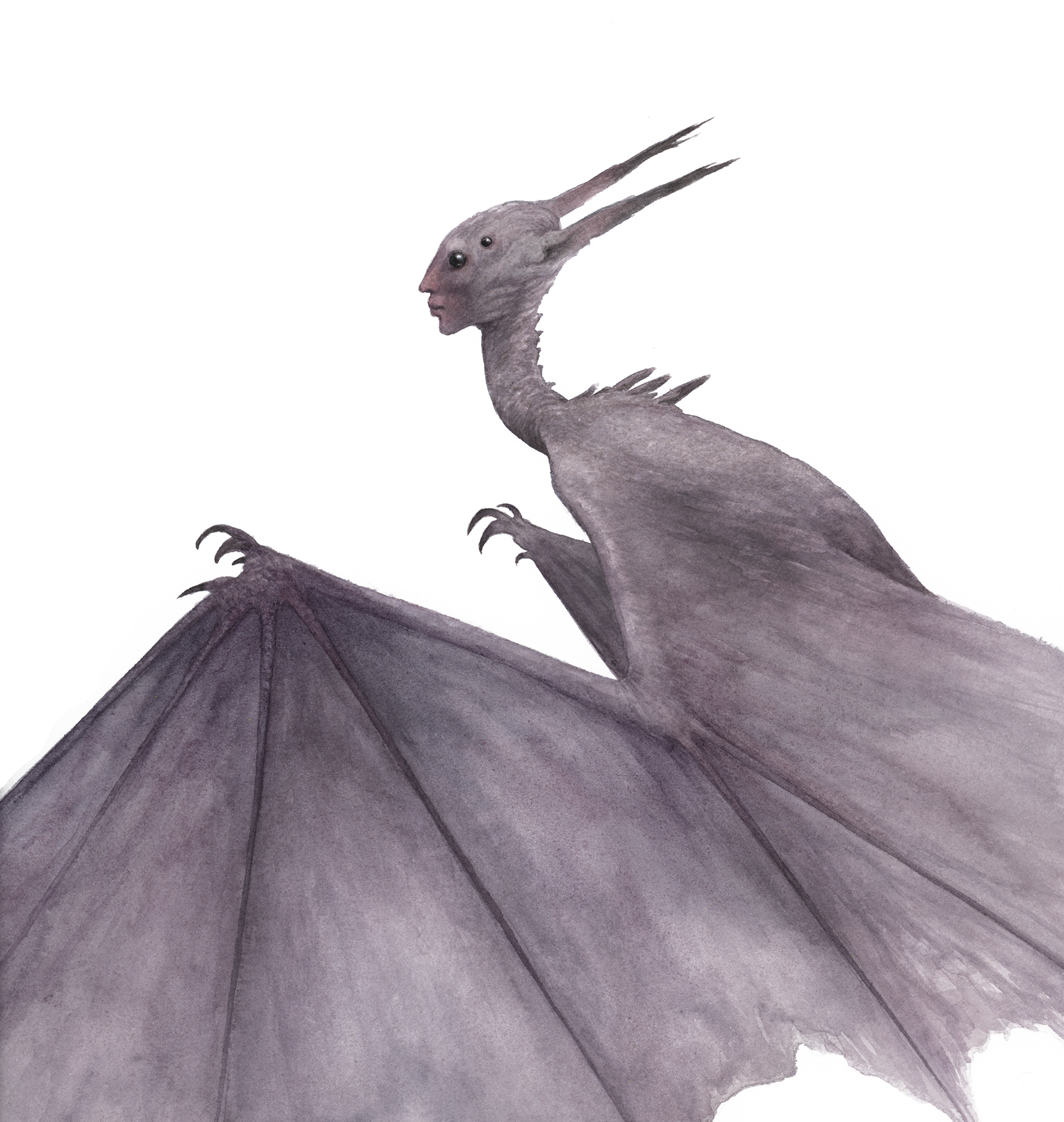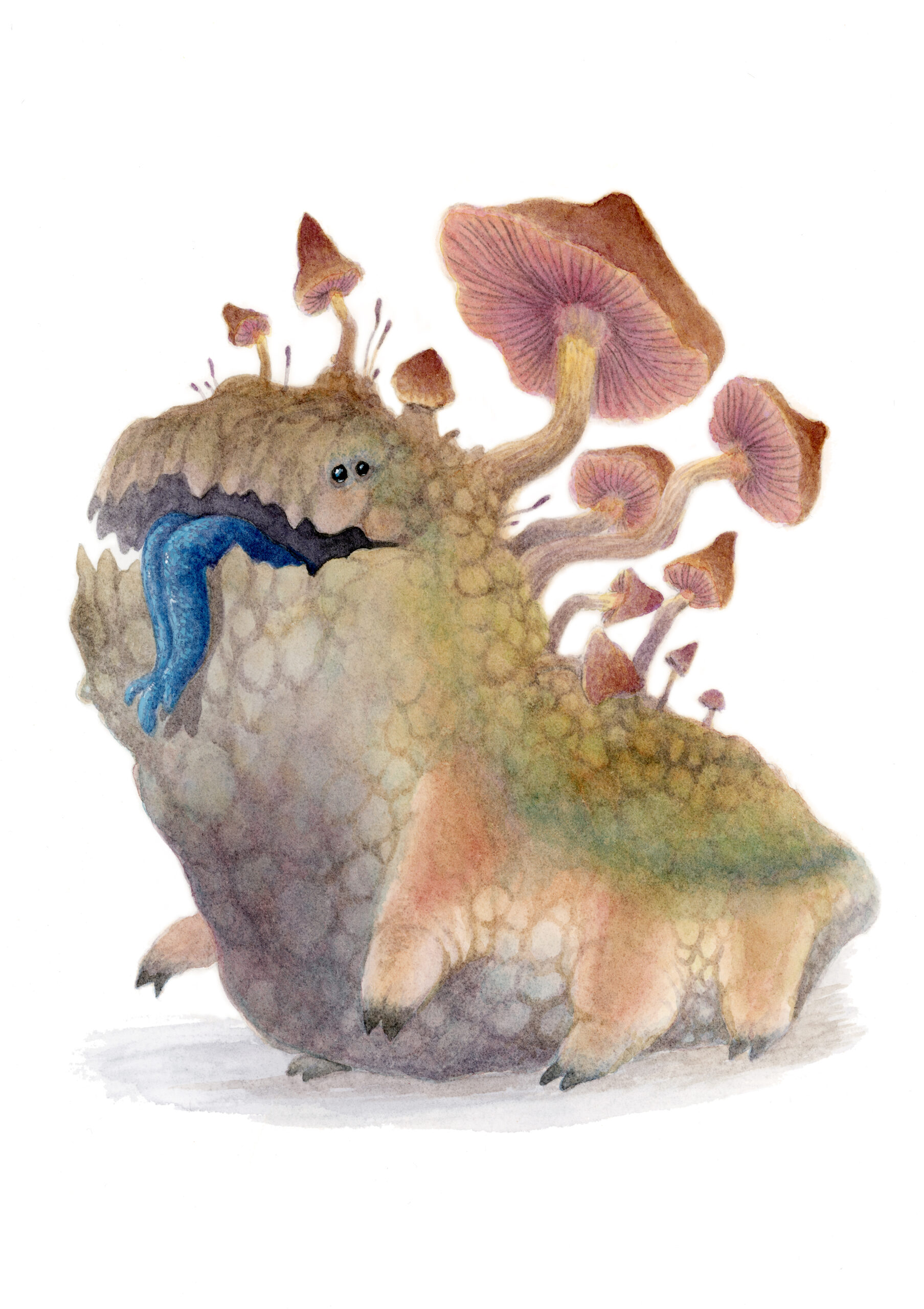When designing encounters, let nature be your guide
A Series of Peaks & Valleys
Without getting too deeply into the role of encounters in a TTRPG, it is often the case that our games and sessions tend to be a series of encounters with brief montages or lulls in between. We tend to write story arcs in the same way we recall the events of our lives. Rarely do we dwell on the minutiae, tedium, or inaction that fill our days. Our memories consist of a series of prominent peaks (periods of excitement) with overlooked valleys (less memorable times) between them. Most adventure designers similarly construct their stories, with most of a session focusing on one or two peaks while glossing over the valleys.
In an effort to make the peaks as “peaky” as possible, I always try to anchor them to the world, story, and ecology/community that the story takes place in. I find encounters to be much less satisfying if they are simply there to challenge the players/characters and allow them to advance (XP or loot).
One of my greatest joys is creating a “natural” encounter. I love imagining how an animal, monster, or community fits in with its environment. Even better, I love it when that environment plays a key role in the encounter. It has been a great joy designing the creatures in Surviving Strangehollow for precisely this reason. I have tackled the 100+ creatures with delight in part because I get to imagine the ecologies in which they struggle and thrive.
For this discussion, I want to dive into the way that I construct encounters that are anchored to their environments, and provide an example.

Start with the Primary Antagonist
While not 100% true, the core of most encounters is one or more “bad guys.” Many times, an encounter will have more than one antagonist, but I find it beneficial (and appropriately whelming) to focus on the aspects of one primary antagonist to base the encounter upon. More than that can get exhausting to design and describe, let alone remember for players.
Who’s the baddest?
Assuming you have one (or one type) of creature that is primary, you will want to determine what the one or two things about that creature are that help define the encounter. A much better designer than I (namely, my friend, Shawn Merwin) likes to use the “one unique thing” rule when designing monsters. I love this philosophy, though I often creep into the “two or three unique things” territory for higher-tier creatures.
Is the creature an excellent climber that can attack in three dimensions? Does your big bad rely on distance and range to disadvantage the PCs? Can the bad guy raise undead minions to do its bidding? Regardless of the one or two aspects of the bad guy you have chosen, you will want to structure the encounter so that it can use those aspects to its advantage. After all, that is what makes the encounter interesting and challenging!
Who Else is There?
It may be that your encounter requires multiple enemies and enemy types. That’s perfectly fine! In fact, it is often preferred when fleshing out the ecology and/or community associated with the encounter. I like to make sure that the encounter situation makes “natural” sense, meaning that in very few cases is there ever just one creature or creature type in a given natural environment. Yes, the man-eating lion is the primary threat in the tall grasses near the village, but do not forget the hyenas that wait nearby for prey to flee toward them!
No matter the secondary and tertiary creatures that may be present, be sure that they make ecological sense, add something interesting to the encounter, and are well-adapted to the environment (see below).

Add Environmental Factors
Designing a great location-based, ecologically-anchored encounter requires understanding and describing the environment. I like to answer two simple questions, then flesh out the details.
What makes this location unique?
If we take for granted that almost every encounter that players will engage with is a “peak” of some sort, we have to determine what makes them memorable. I employ the “one unique thing” when designing location-based encounters as well. What is the one unique thing that will make this location interesting and memorable for the players? It may be directly related to the big bad guy(s) in the encounter, or it may not.
Generally, I lean into natural aspects of places (such as waterfalls or gargantuan trees), but there are countless other options. Perhaps the place is littered with the carcasses of dead animals. Or maybe there is a huge rift in the ground caused by some unknown magic. While there may be other noteworthy aspects to the location (see the LICHES method by Leon Barillaro), they should be secondary to the one unique thing. The unique thing should help the players understand the history or ecology of the place, and is likely to factor into the encounter
What makes this location challenging?
Sometimes this question is answered as part of the first, but often it isn’t. Relying on the H(azards) and S(enses) part of LICHES, a GM should go out of their way to play up any evident dangers. Sometimes the challenge is less obvious, however. Perhaps there is an implied danger in noting the sound of running water, but the characters may not know the degree to which it is a danger until the encounter begins. Alternatively, the challenge can be noted as obviously as mentioning that the room has very high ceilings that rise above the reach of available light sources. The important thing is to note the potential challenge(s) before an encounter begins, so when it is used against the players, they can be surprised but not feel misled. No GM likes hearing, “Well, if I had known that, I would have done something different!“

Bringing It Together (An Example)
A particularly fun example of a mini-ecosystem from Surviving Strangehollow is the Bravogg + Leatherwing Fairy + Craggle triangle.
The Ecosystem
In the temperate forests of Strangehollow, where some of the largest trees grow densely packed, branches intertwined, a strange symbiosis has sprung up.
Leatherwing Fairies are reclusive, bat-like fey that make large colonies in the dense canopy of trees or in shallow caves. Though they prefer to flee danger, they can swarm and cause significant problems for would-be attackers.
The larval stage of the Leatherwing is called a Craggle. Craggles are chubby caterpillars with mushroom-like protrusions. They cannot actively defend themselves, but they produce a toxin that, when it comes in contact with skin, causes mild hallucinations and disorientation. Once they have hatched, Craggles tend to migrate to the lower reaches of the forest, where they can fatten up on insects and Wiffles. This makes them easy prey.
Striped Bravoggs are enormous predators that resemble a cross between a smart grizzly bear and a hunting cat. They also make their homes among the branches of large trees. Bravoggs are exceedingly lazy and most often just ambush food that comes nearby.
A few pioneering Bravoggs have taken to inviting and protecting colonies of Leatherwings so that their larval Craggles will migrate to the ground around the Bravogg’s home tree. Once there, unsuspecting passersby trample the tiny Craggles, becoming disoriented and thus an easy target for the Bravogg. The Leatherwing Fairies, either out of fear or pragmatism, seem willing to sacrifice a few of their young in exchange for the relative safety of a life in partnership with an apex predator.
The Encounter
Assuming we want our players/characters to encounter the Bravogg for some reason, I would use the above creature triangle to create a climactic challenge worth remembering.
To start, the lighting would be dim due to the density of the canopy, allowing the characters to see clearly only as far as 30 feet. The area would have dense, but low, brush, making movement difficult.
The stealthy Bravogg would be 20 – 30 feet above the encounter zone, waiting for the right time to pounce.
In several locations near, but not directly beneath, the Bravogg’s home tree, there would be mostly-buried remains of previous kills, including an adventurer or two.
The nearly invisible Craggles would be strategically placed beneath the long, horizontal branches of the Bravogg’s tree, and sporadically elsewhere.
At two locations near the edges of the encounter zone, two small colonies of Leatherwings would be 40 – 60 feet up in the dark canopy, well-hidden.
The encounter would begin with a character stepping on a craggle, potentially triggering disorientation for everyone nearby. At that point, the Bravogg would attack with surprise. As the characters move about the difficult terrain of the combat zone, they would have a 1 in 4 chance of stumbling over another Craggle. If any characters moved too far away from the Bravogg, one of the Leatherwing Fairy swarms would descend upon them, stalling their escape or disrupting their ability to use ranged tactics.
